I don’t play every MMO that comes out — not by a longshot. But, I follow a lot of gamers, streamers, and game developers, and between me and them, I see a lot of discussion about the new MMOs that come down the pike.
Crowfall was released a couple of weeks ago. Suddenly, everyone was talking about it. And then, suddenly everyone was not. What did it all mean? I asked Google Trends to help me analyze searches for a dozen or so MMOs to help understand what all was going on with MMOs today.
Indie MMOs that I backed on Kickstarter:
I backed all these MMOs on Kickstarter. Crowfall, the PvP battler from the former developers of Shadowbane, just recently went live. Shroud of the Avatar is the latest MMO from Ultima developer Richard Garriott. Pantheon: Rise of the Fallen, the indie follow up to Brad McQuaid’s EverQuest and Vanguard, is working its way toward a beta release. Camelot Unchained is still in alpha, and is Mark Jacobs‘ follow-up to his acclaimed three way realm war MMO, Dark Age of Camelot.
All of these indie MMOs are helmed (or were helmed) by industry veterans working to bring the concepts behind their older MMOs into the present day, in one form or another.
(As an aside, Camelot Unchained has released a standalone game, C.U.B.E. — Camelot Unchained Building Environment. Sony Online Entertainment did something similar a few years back, when they released Landmark as a separate building environment using the technology they were developing for EverQuest Next.)
Searches for these indie MMOs that build upon the strengths and reputations of successful older MMOs below. Crowfall has had steady interest leading up to its launch, where it spiked. It’s too early to tell where it will level off, but Crowfall seemed pretty busy when I logged in last night. At this point, I’d consider the other MMOs in this section pretty risky bets.
Daybreak Games MMOs:
The actual ownership of some of these games isn’t actually obvious, but they are owned by the same corporate entity at some level, and so I’m going to group them together as “Daybreak Games”. Don’t @ me.
DC Universe Online is a superhero MMO set in the DC comics universe. EverQuest and EverQuest II are the group-based MMOs that led to many of the concepts shared now by most MMOs. The Lord of the Rings Online is set in Middle Earth during the Ring War. Dungeons and Dragons Online is set to the rules of the tabletop game in the world of Eberron. All, except the two EverQuest games, are based on licensed properties, and their fortunes probably rise and fall with interest in their license. All these games are free to play.
DCUO and the original, 22-year-old EverQuest, are neck and neck for searches, with DCUO coming out slightly ahead, most of the time. LotRO and DDO still perform respectfully. EverQuest II languishes in last place. It’s not a good look for the game.
Cryptic MMOs:
All three of these MMOs, based on licensed properties, were originally developed by Cryptic Studios, a studio formed from developers of the City of Heroes MMO franchise. They are now owned by someone else, but for grouping purposes, I’m going to call them “Cryptic MMOs”. Cryptic recently released and then almost immediately shuttered an MMO based on the Magic: the Gathering license, and is not included here.
Neverwinter is another D&D MMO, this one set in the world of Forgotten Realms. Star Trek Online is set in the Star Trek universe, and tries valiantly to keep up with the shifting definition of just what Star Trek is, today. Champions Online is based on the Hero Games Champions tabletop RPG. All of these games are free to play.
Neverwinter is the clear favorite here, with about double the interest given to STO. Champions Online struggles along with almost no showing on Google Trends.
Leaders of Non-Corporate MMOs combined:
I haven’t included any of the non-Western MMOs in this study, but perhaps I will in a later post. (Well, there is one, because I couldn’t very well omit it). My goal here is to compare the MMOs I grew up with, and their descendants. I group all the MMOs I’ve discussed so far under the broad heading of “Non-Corporate MMOs”. This is a little bit arbitrary, as the Daybreak and Cryptic games are owned by conglomerates. But as we’ll come to see, these games, together, are a rounding error to the titans in the field.
Neverwinter and DCUO share the crown for the most searched-for MMO, according to Google Trends, with Neverwinter slightly ahead. Crowfall was a slow burn until its release, and there’s every chance it could be a steady performer in the future. For now, it’s too early to tell, though it seems unlikely it will rise to the level of either of the leaders.
Corporate MMOs:
These games are Serious Business. Thousands of people work on each one of them. Everything they do is breaking news. When people think of MMOs at all, they think of these games. All of the games previously discussed wish they were mentioned in this section.
World of Warcraft is an MMO set in the Warcraft universe. Development started a couple of years after EverQuest’s release, and is often considered a spiritual successor to that game (as is, more obviously, EverQuest II, released just slightly before WoW).
Final Fantasy XI Online is the first MMO set in the world of Square-Enix’s Final Fantasy series. Final Fantasy XIV Online is the second. Both feature three-sided realm conflict and deep stories.
Amazon’s soon-to-be released New World might not be huge now, but it’s backed by the majesty and might of the world’s most profitable company, and clearly expects to be fighting here in the main ring. I doubt Amazon would accept anything less. New World is a PvP-focused game with a three-sided conflict, as well as some PvE content.
The Elder Scrolls Online is set in Bethesda’s Elder Scrolls universe, and was started after the success of developer ZeniMax’s successful Elder Scrolls: Oblivion. TESO has since grown to include Oblivion’s follow-up, Elder Scrolls: Skyrim, in its online sibling. TESO is “buy to play” — buy the game, it’s free to play after that.
RPG veterans BioWare followed up their Star Wars: Knights of the Old Republic single player RPGs with Star Wars: The Old Republic, set in the same time period, millennia before the events of the films. SW:TOR is free to play.
It’s no surprise that WoW continues to dominate the MMO landscape. However, the trends show that FFXIV has recently overtaken and surpassed WoW. Whether this is temporary, based on Activision-Blizzard’s recent scandals and missteps, or is the start of a reshuffling among the major players in the industry, is again, too early to tell. But it has to be troubling to the A-B overlords, and encouraging to the Square-Enix hierarchy.
This could be the right time for New World to come and enforce a New World Order (sorry). Though given WoW and FFXIV are fantasy-oriented games, and New World is set in the Age of Discovery, it’s perhaps possible that Amazon is looking for a market as yet untapped. Still, I expect to see New World everywhere when it launches in September. Otherwise, I imagine it will have disappeared forever by December.
Corporate MMOs vs the Non-Corporate MMOs:
Each individual chart is scaled to the particular set of search terms. How much larger is the market for the leaders, versus the smaller players? I’ve charted WoW and FFXIV against the top players in all the previous charts, and, compared to the leaders, all the other games barely show at all. But, I could make another chart (and did) that adds Fortnite to the mix, and then it’s clear that even the most well-regarded MMOs out today, aren’t much compared to the real action.
Omake:
Here’s the chart of the MMO leaders compared to Minecraft, Fortnite and Roblox:
Guild Wars 2:
I didn’t forget about GW2. I just didn’t have space. ArenaNet’s Guild Wars 2 is about as popular in Google Trends as SW:TOR. (See for yourself!)
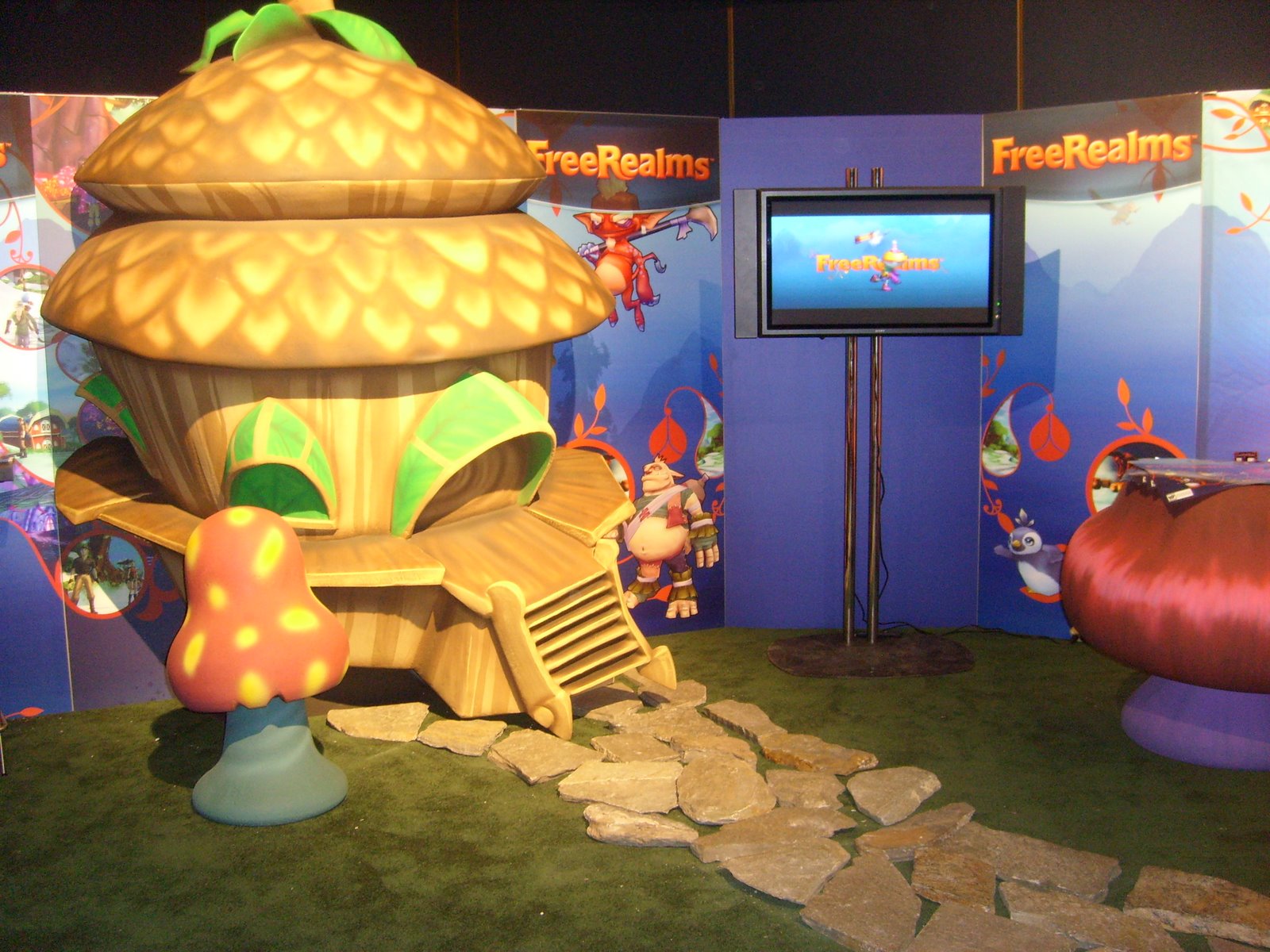
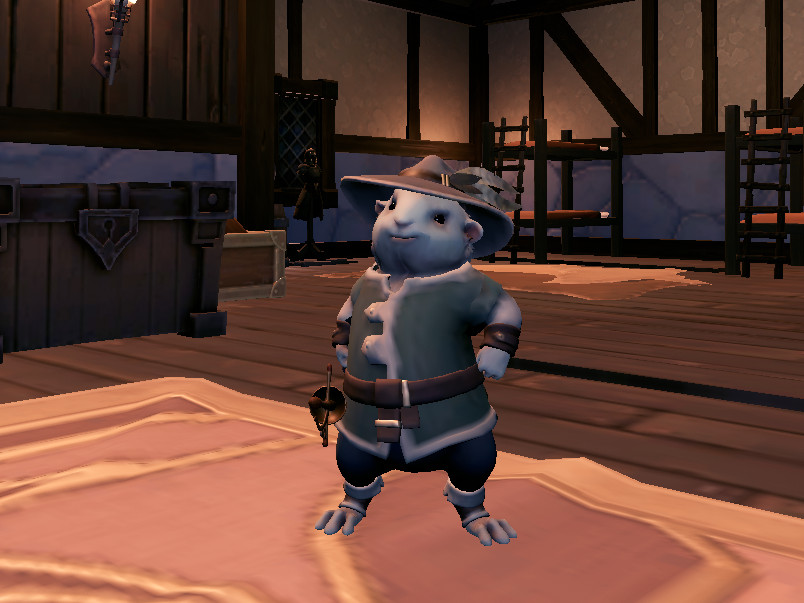
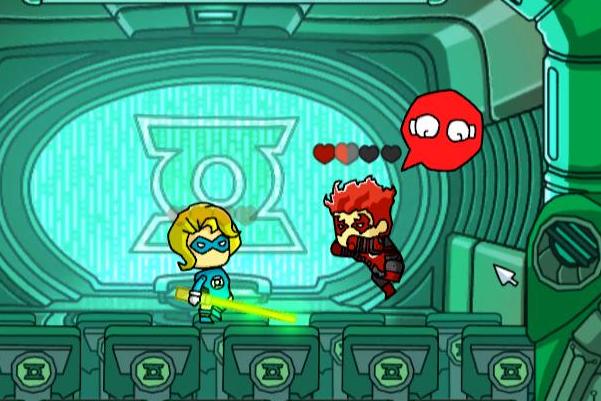
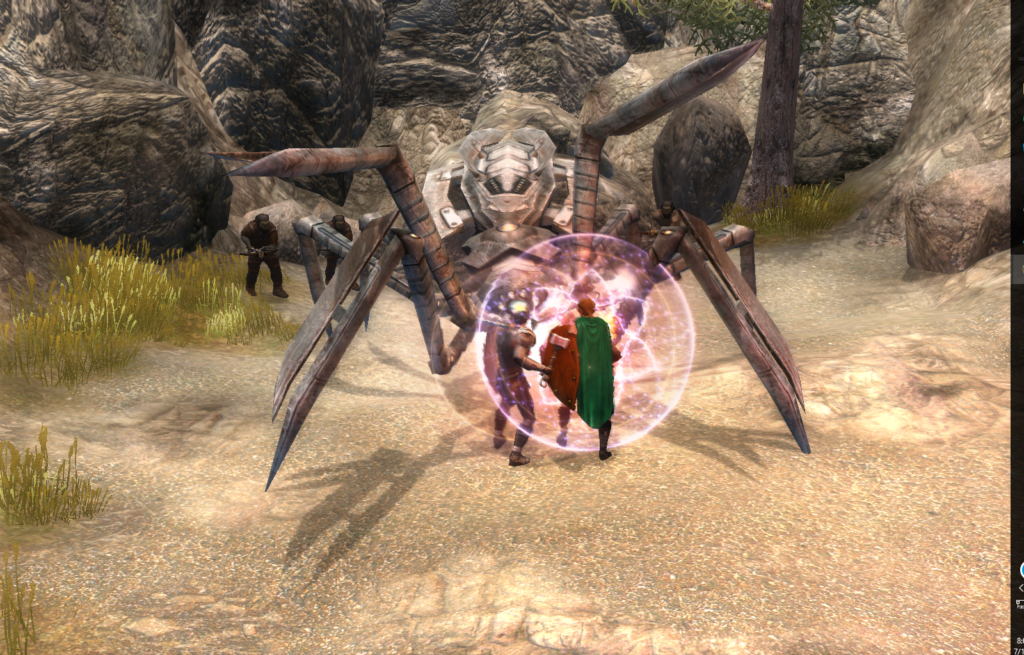

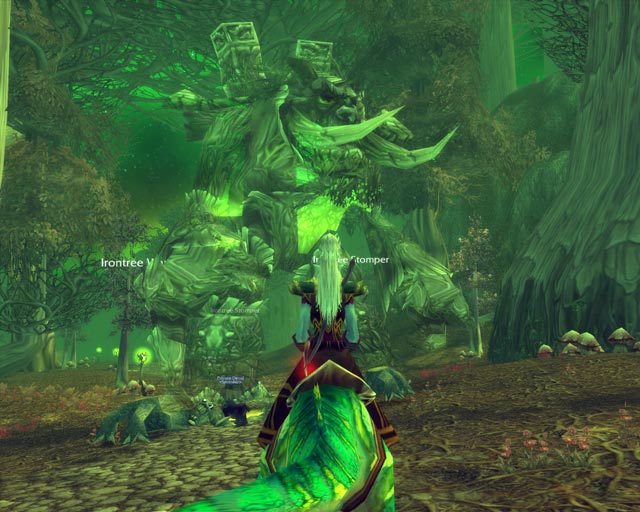

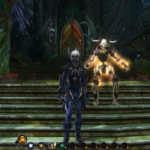

I had no idea Champions Online was still around!
To be honest — neither did I!
I’d be very interested to see a breakdown of all the mmorpgs that have launched since 1997 by how long they lasted and how many are still going. My feeling is that, for all we hear about the ones that close down, more of them are still around. And I’d bet the average lifetime of an mmorpg is over a decade now.
As for the Google searches for EQII, I’d bet most EQII players are still using Yahoo, if not Altavista!
Geez, even when I worked at Massively, we’d get a dozen new MMOs a week. It was tough keeping up with all of them. I can’t even imagine trying to track them down and list them all. And this isn’t even counting the Asian MMOs (because there’s a good chance the vast majority never even made it to our shores).
Why do you think MMOs linger so long? Maybe if there were more churn, it would be easier to find MMOs that really innovate. One thing I really enjoyed about Charlie Stross’ Halting State novels was the idea of micrommos that all shared an infrastructure such that characters could move from game to game in some form. Sword Art Online also did this to an extent, where the players could migrate to any world that was birthed from the SAO “seed”, including, in the anime, such different games as Alfheim and Gun Gale Online. Once companies unclench the greedy fists enough to allow character migration, I think we’ll see a new wave of innovation (and this is likely why it hasn’t happened).
Very cool post. It’s been a long time since I’ve seen one of these in the corner of the blogosphere I inhabit. I think the first google trends post I saw was from Tobold trying top prove that no-one plays MMOs any more because he got bored with them
What is striking to me is how closely they follow my impression of player populations. I assumed the flaw in the methodology would be revealed by WoW, since it’s been in the news a ton lately…but not because the popularity of the game is ramping up.
And yet there is the exact mirror image in the trends between that and FFXIV, the mass exodus of players from WoW to Square’s game that everyone says is going on. I have been a little skeptical of that, but recently queues on my server in FFXIV have tripled compared to what I am used to (it was 76 players on a Tuesday night the last time I logged).
So does all this mean that Roblox or Minecraft will be the metaverse?
Those of us who love MMOs often have blinders toward non-MMO online games. But in reality, games like Roblox, which allow players to move freely between worlds, is a lot more likely to form a metaverse than World of Warcraft. That sort of closed-off game is an evolutionary dead end.
I completely agree. I think something like Roblox, but more of an open platform is likely to lead to the Metaverse (at least if there really is a huge market for one).